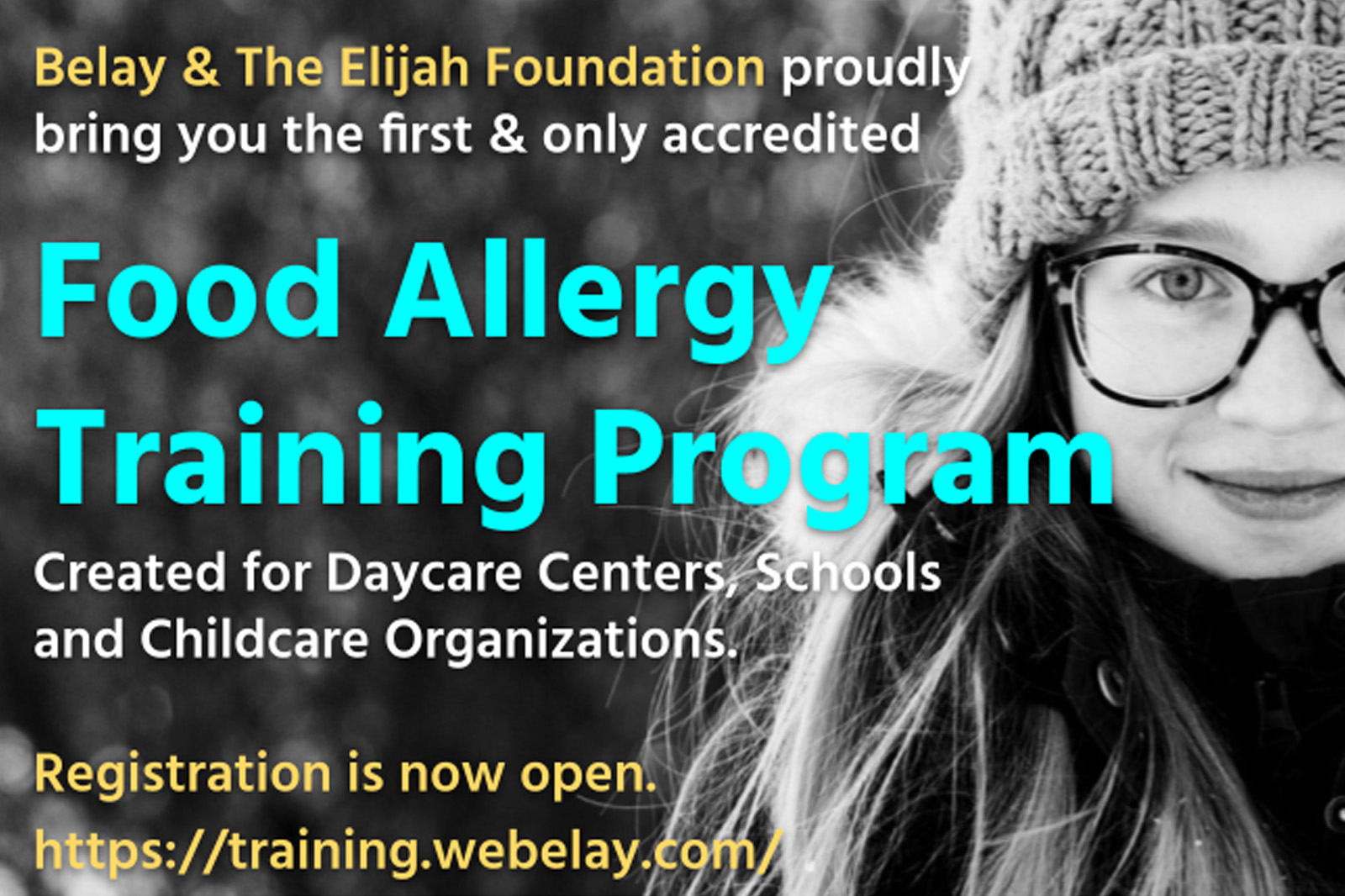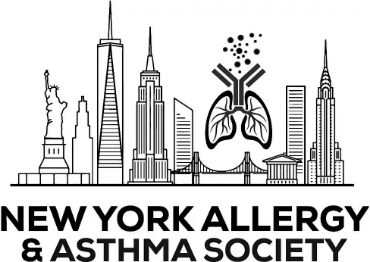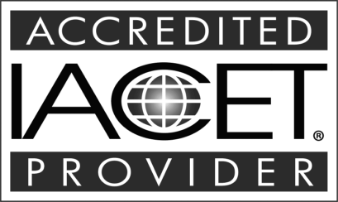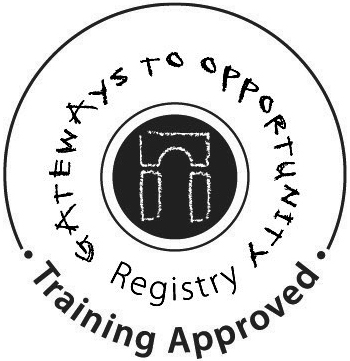At the risk of breathing any more life into McMaster University’s recommended guidelines for anaphylaxis management in schools, put out in early May, I can’t help but respond to some of the more contentious points and question why these unofficial guidelines were disseminated to the general public in the first place.
Based on a five-year study published in the Journal of Allergy and Clinical Immunology, the list of international guidelines came from a panel that includes one of Canada’s leading allergists, Dr. Susan Waserman, some of whose comments have divided and confused allergy parents across the globe.
Among the recommendations is a call for staff-wide training and stocking epinephrine in place of food bans in schools. Despite an admitted lack of “quality evidence,” the study suggests such bans have done little to mitigate the threat of anaphylaxis to allergic students. Training, on the other hand, is a much better strategy, they say (ok, but one doesn’t have to cancel out the other does it?).
Food bans are tricky
Indeed, food bans can create a false sense of security for anaphylactic students, families and staff causing them to let their guard down, as they are impossible to efficiently monitor and enforce in a school setting. Unless you have the resources to check ingredients in every student’s snacks, lunch and pockets on a daily basis, calling a school nut-free (or the like) is pretty much fake news. On the positive side, food bans can be quite helpful in daycare and preschool settings and they can certainly act as a deterrent and send a strong message to the grade school community, but legislating food bans in schools is still and will continue to be a slippery slope that works well for some, but not all communities. Conversely, setting up allergen-free zones is a narrow-minded, stigmatizing measure that does little more than further isolate allergic students from normal school life and ignores the nuances of how allergens can be spread around. Both tactics probably do more harm than good for a cause that still needs to win support with honey.
But here’s where it gets really sticky. I think we all agree that greater access to epinephrine (e.g.Epipen, AuviQ, Allerject, Adrenaclick, etc), along with increased allergy training would be beneficial for all stakeholders in the school system, including teachers who are taxed with more students requiring a diversity of special accommodations than ever before. So, the more equipped the better, right? Right! Effective training has always been a key ingredient in the allergy management mix. According to the proposed guidelines, food allergy training should extend to “all school staff.” Again, agreed! If that wasn’t already happening at your school, then ya, of course that’s a good idea. But they also advise only using “the epinephrine when it’s certainly a child is in anaphylaxis” and NOT to use it “unless there are signs…even if the child has eaten food to which they are allergic.” There’s the whopper.
From the time I began training school staff in 2006 and in all of my training experience over the past 17 years, one of the biggest points I hammer home is that if you see an anaphylactic kid consume his allergen, don’t wait for the symptoms to administer the epinephrine. It is the only immediate life-saving measure and the first line of defence against a potentially deadly reaction. Likewise, if that student hasn’t eaten anything but is presenting with escalating anaphylactic symptoms, it’s time to jab. Anaphylaxis is a moving target. One reaction might look quite different from the next. Some are immediate, some are delayed. Some severe. Some not. It’s impossible to know in advance how or if a reaction will present, which is why the Belay team along with the Elijah-Alavi foundation have created a uniquely, thorough training program to educate school personnel on these very idiosyncrasies of anaphylaxis.
Time is of essence
What we do know is how quickly an anaphylactic reaction can cause respiratory distress and how swiftly it can shut down vital bodily functions. Time is of the essence, as we’ve learned from Sabrina Shannon and too many other anaphylactic fatalities at schools and daycares around the world. Inarguably, there is a point when it’s just too late for the epinephrine to quell the reaction, so the accepted logic is to always air on the side of caution – worst case scenario is you’ve given epinephrine to someone who didn’t need it. On the other hand, airing on the side of wait-and-see or going for the antihistamine first can be deadly. If the child is at the onset of an anaphylactic reaction, Benadryl (and the like) might mask some of the preliminary symptoms and will cost precious time as it will do nothing to stop the life-threatening spiral of anaphylaxis.
I think this particular recommendation is not only dangerous for food-allergic students and counter to everything we know about treating anaphylaxis. It also puts school staff in an even more vulnerable position, as it adds a new level of ambiguity and a deciding burden on staff. In my training experience, teachers would rather air on the side of caution than be potentially responsible for the death of a student. Equipping them with regular hands-on training and understanding of what they’re dealing with, empowers them. But when the guidelines contradict an action plan, what’s a school to do? Isn’t it just safer to play it safer? Managing anaphylaxis is not a simple matter, but the decision to administer epinephrine should be made as simple as possible.
Yes to greater training
Training doesn’t have to start or stop with epinephrine tutorials and action plans. It starts with the allergy families and the training we do at home before and during our allergic kids’ school years. It’s then how we, the allergy parents, engage with everyone else on the matter that turns us into volunteer trainers and advocates, if not for all at least for one. When I was finally joined by another allergy parent a couple years into my son’s schooling, I was thrilled to have a partner in my crusade to regularly train every staff member in the school, write letters to parents and engage the students in fun allergy awareness programs. Her food allergic son had the added bonus of acute asthma and exercise induced anaphylaxis (tricky!). Much to my surprise, when we tagged teamed our first staff training session (I would train my son’s specific teachers one-on-one at a different time), she gave very specific instructions to the group that her son should NOT be administered his EpiPen as a first line of defence. She had a whole play-by-play, wait-and-see-until-you-know-for-certain schema that had my head spinning, and was in stark contrast to what I’d been relaying for years (and still do) on the advice of several respected professionals, and my own personal experience – when in doubt, use the Epi! Now some of those same professionals are kinda saying the same thing she did, and I’m a bit floored.
Use the EpiPen only when you are certain the child is in anaphylaxis, even if you’re certain that he just consumed his allergen? Has Dr. Waserman and her team made certain that time is no longer of essence here? I’m all for wider, deeper training. It remains an essential hole to fill, but why are we confusing the matter of when to or not to administer the epinephrine? Isn’t it in everyone’s best interest to adhere to science? And in the interest of gaining better support measures for our kids, wouldn’t it have been a better idea to NOT publish these inconclusive recommendations to the general public? Do we really need to stoke the flames of allergy doubt out there? It has unleashed the Karens back on us at a time when we were kinda getting cozy without them.
As Allergy Awareness month comes to a close, it’s important we remember our wins and give gratitude toward the people who make a difference to our allergic lives. For me, Dr. Waserman is one of those people. She and her team at McMaster have worked tirelessly to improve the lives and safety of allergic people in Canada and beyond. I’m just worried we’re taking a step backwards by recommending to the universe that schools should air on the side or certainty instead of caution in managing a potentially deadly allergic reaction. Maybe next time, can we keep “conditional” recommendations like these within the allergic community until they are actually substantiated?
Or not.
What are your thoughts?
We’d love to hear from you email us at hello@webelay.com
To stay updated and to track your child’s food allergy download the Belay app for ios and android










